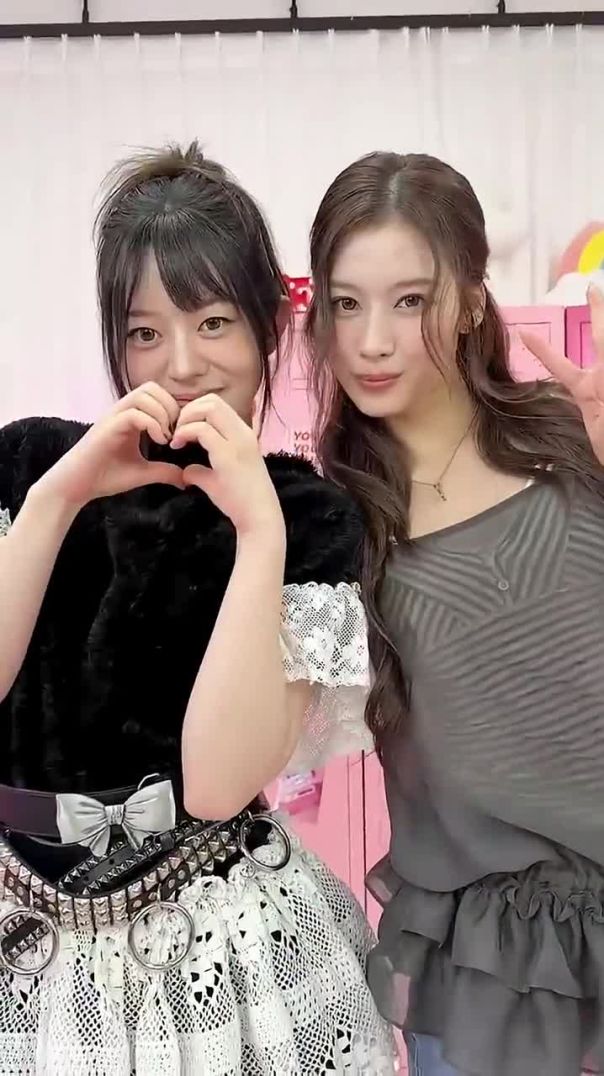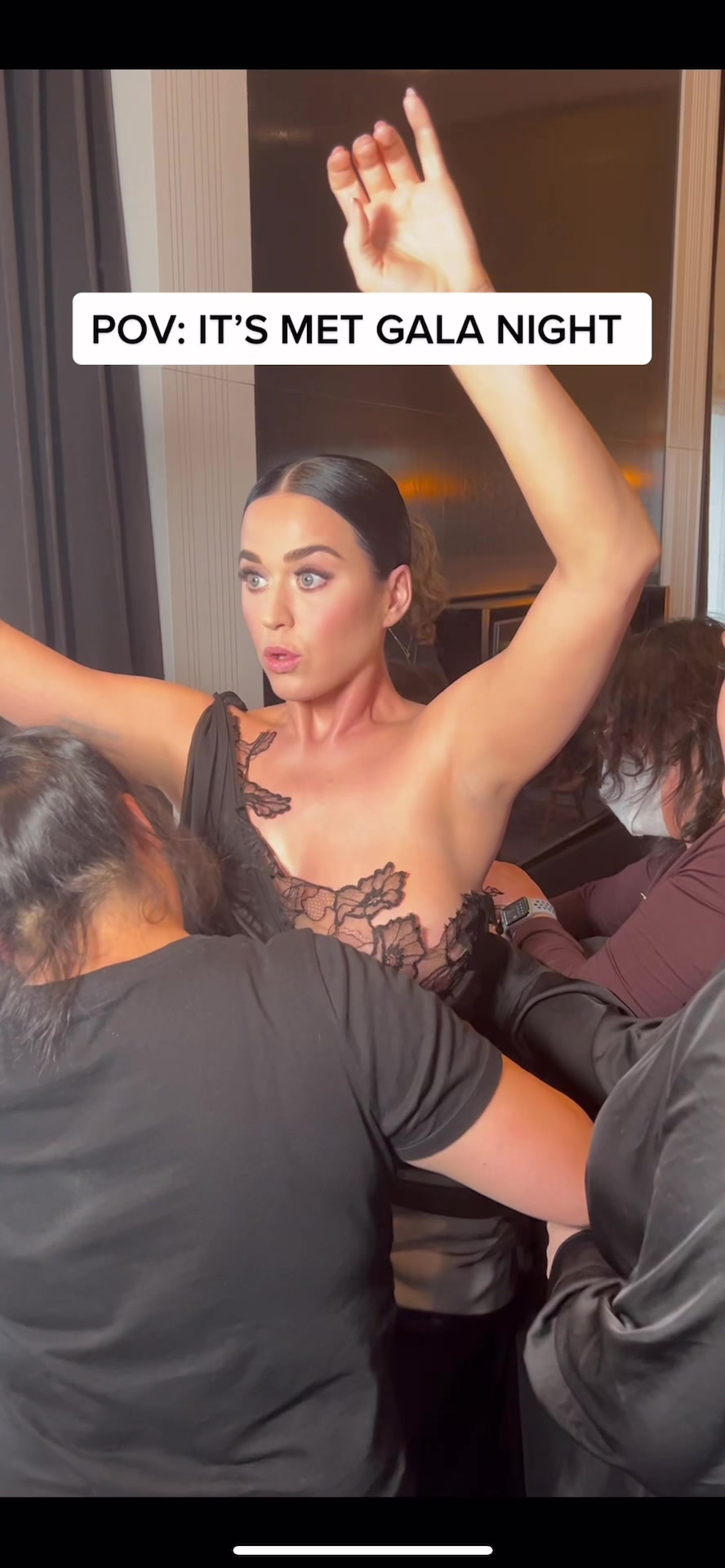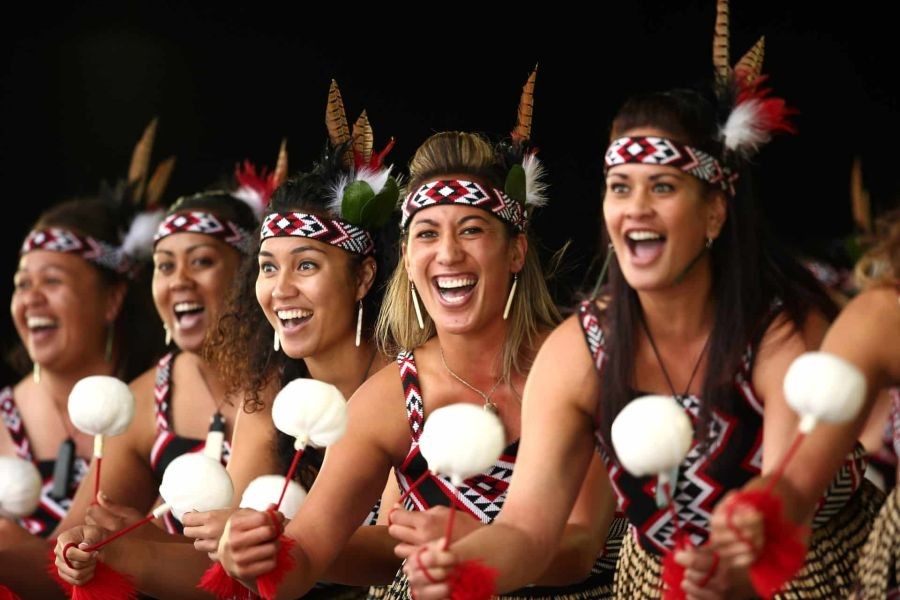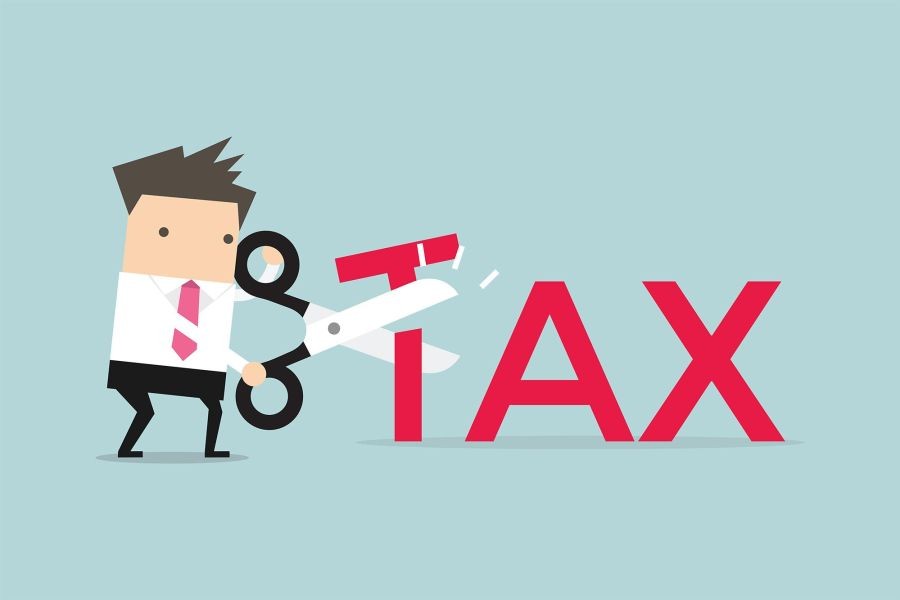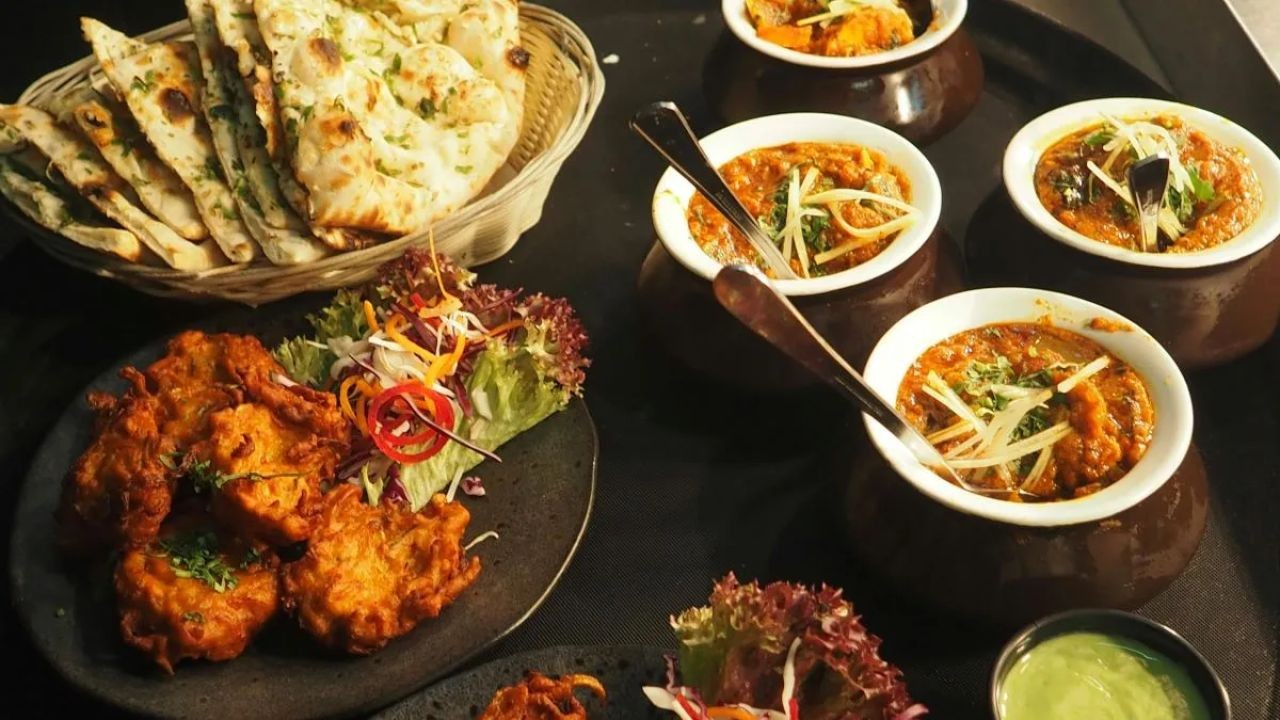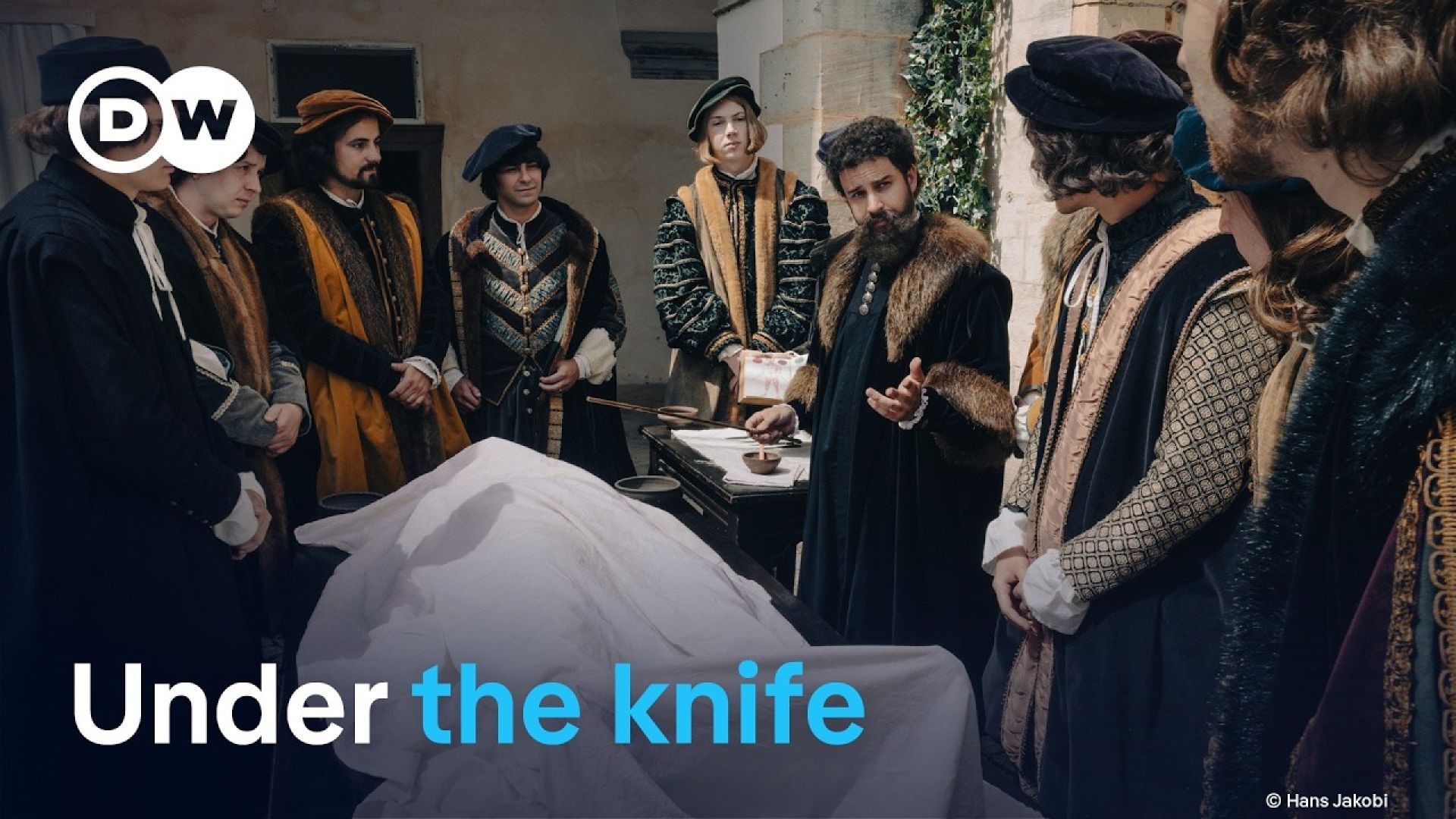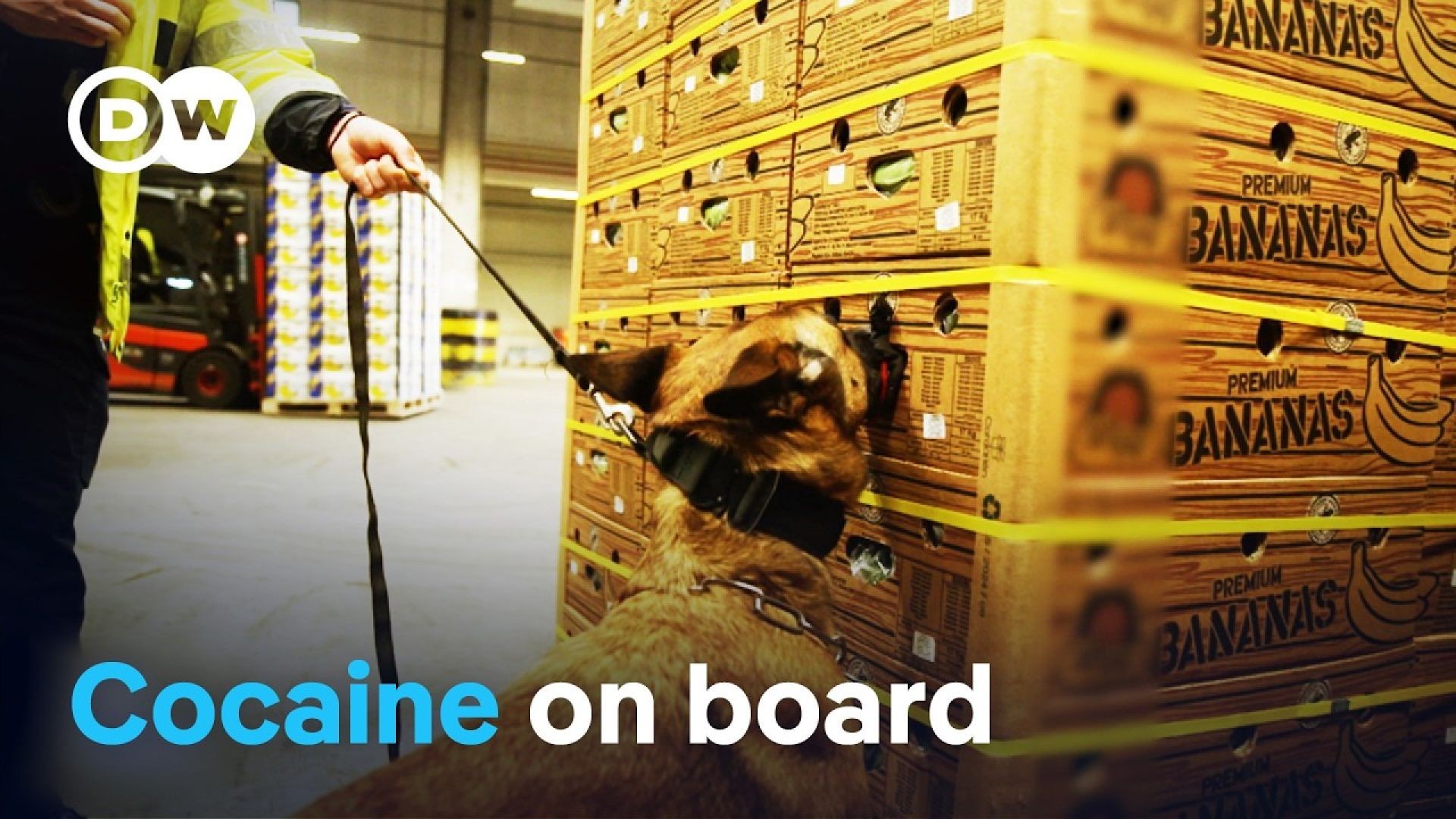Imagine immersing yourself in a video game where the rich traditions of New Zealand's Māori culture are brought to life, allowing you to engage with the narratives, rituals, and art forms that have shaped the nation. This is no longer a distant dream; it's an emerging reality as game developers increasingly incorporate indigenous cultures into their storytelling. Māori culture's representation in video games is growing, and it's more than just entertainment—it's a bridge connecting global audiences to New Zealand's unique heritage.
The Importance of Māori Representation in Gaming
New Zealand's Māori culture is a cornerstone of the nation's identity, influencing various sectors, including tourism, education, and the arts. The gaming industry is no exception. Acknowledging and integrating Māori culture into video games is not only a matter of cultural respect but also a strategic move that can enhance New Zealand's economy. According to Stats NZ, the creative sector, including gaming, contributes significantly to GDP, with potential for growth as it aligns with global trends toward inclusive and diverse media.
How Māori Culture is Integrated into Games
Video games have evolved into complex storytelling platforms, and Māori culture is being integrated in several innovative ways:
- Narrative Design: Games like Whānau, developed by New Zealand-based studios, incorporate Māori legends and stories, offering players a chance to experience traditional Māori narratives firsthand.
- Art and Aesthetics: The visual elements of games are being influenced by Māori art forms, including traditional designs and motifs, which are gaining recognition worldwide.
- Language Inclusion: Some games have started incorporating te reo Māori, the Māori language, providing an educational dimension and promoting language preservation.
Real-World Case Study: Ninja Kiwi - A Pioneering Approach
Case Study: Ninja Kiwi – Incorporating Māori Culture in Bloons TD 6
Problem: Ninja Kiwi, a New Zealand-based game developer, sought to create a game that resonated with local audiences while appealing to a global market. However, the challenge was to authentically incorporate Māori culture without resorting to stereotypes or superficial representation.
Action: Collaborating with Māori cultural advisors, Ninja Kiwi integrated Māori elements into Bloons TD 6, a tower defense game. This included incorporating Māori-inspired designs and characters that reflected Māori values and stories.
Result: Following the update, the game saw a 25% increase in engagement from New Zealand players and received positive feedback from Māori communities for its respectful and authentic portrayal of their culture. This move also boosted Ninja Kiwi's reputation globally as a culturally sensitive and innovative developer.
Takeaway: This case study highlights the importance of collaboration with cultural experts to ensure authentic representation. New Zealand developers can follow Ninja Kiwi's lead by integrating local culture in meaningful ways to enhance both local engagement and international appeal.
Debunking Myths about Māori Culture in Gaming
Several myths persist regarding the integration of Māori culture in video games:
- Myth: "Māori culture is too niche for global gaming audiences." Reality: Global markets are increasingly interested in diverse cultural narratives. Games featuring Māori culture have shown significant international appeal, evidenced by the success of titles like Whānau.
- Myth: "Incorporating Māori culture is just a marketing gimmick." Reality: Authentic incorporation requires in-depth collaboration with Māori communities and enhances the gaming experience, as seen with Ninja Kiwi's approach, which resulted in higher player engagement.
- Myth: "Gaming cannot impact cultural preservation." Reality: Games that include te reo Māori and traditional stories promote cultural preservation and education, making them a valuable tool for cultural transmission.
Pros and Cons of Māori Representation in Video Games
Pros:
- Enhanced Cultural Awareness: Games can educate global audiences about Māori culture, fostering understanding and respect.
- Economic Growth: Leveraging unique cultural elements can differentiate New Zealand games in a competitive market, attracting both domestic and international players.
- Community Engagement: Authentic representation can strengthen ties between developers and Māori communities, leading to collaborative opportunities.
Cons:
- Risk of Misrepresentation: Without proper consultation, there is a risk of cultural appropriation or misrepresentation, which can lead to community backlash.
- Resource-Intensive: Authentic integration requires time and resources, including collaboration with cultural advisors and potential redesigns.
- Regulatory Challenges: Adhering to cultural protocols and legal considerations can complicate the development process.
Future Trends & Predictions
The future of Māori culture in video games looks promising, with several trends on the horizon:
- Increased Cultural Collaboration: Developers are expected to engage more with cultural experts to create authentic and respectful representations, leading to richer gaming experiences.
- Technological Advancements: With the rise of VR and AR technologies, players can expect more immersive experiences that bring Māori traditions and environments to life.
- Global Recognition: New Zealand's unique cultural offerings are likely to gain more recognition, positioning the country as a leader in cultural storytelling within the gaming industry.
By 2028, it's predicted that New Zealand's gaming sector will see a 30% growth in games incorporating indigenous cultures, driven by demand for diverse narratives and inclusive content (Source: MBIE Report 2023).
Conclusion
The incorporation of Māori culture into video games is not just a trend—it's a movement that has the potential to reshape how the world views New Zealand's rich heritage. By embracing authentic storytelling and collaboration, New Zealand's gaming industry can lead the way in cultural representation, enhancing both the local economy and global understanding.
What are your thoughts on the future of Māori culture in video games? Share your insights below!
People Also Ask (FAQ)
- How does Māori culture impact video games in New Zealand? Māori culture enriches video games with unique narratives and aesthetics, boosting player engagement and promoting cultural awareness.
- What are the biggest misconceptions about Māori culture in gaming? One common myth is that Māori culture is too niche for global audiences. However, successful titles show significant international appeal.
- What are the best strategies for integrating Māori culture into games? Collaborate with Māori cultural experts, incorporate authentic narratives, and ensure respectful representation to engage players.
Related Search Queries
- New Zealand video game industry trends
- Māori culture in digital media
- Impact of gaming on New Zealand's economy
- Cultural representation in video games
- Future of indigenous cultures in gaming
